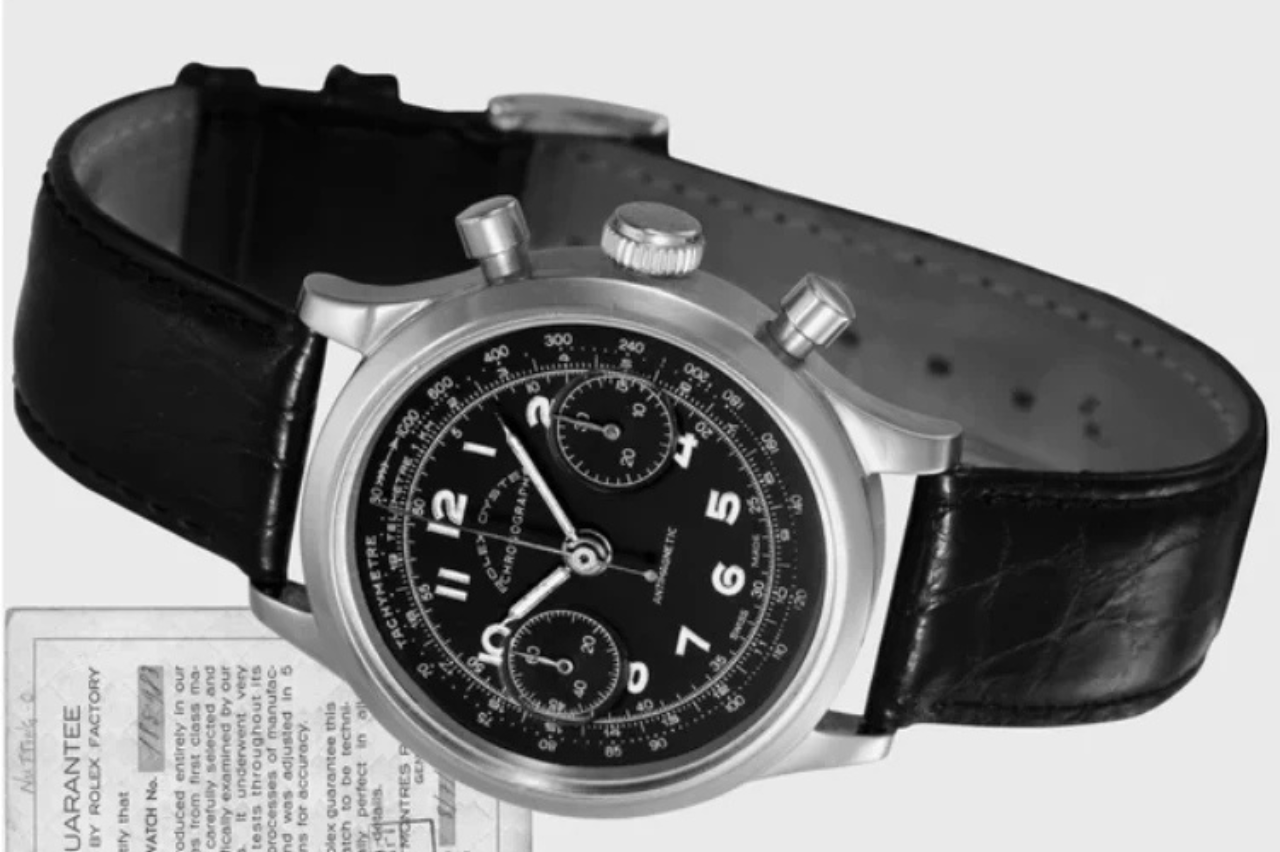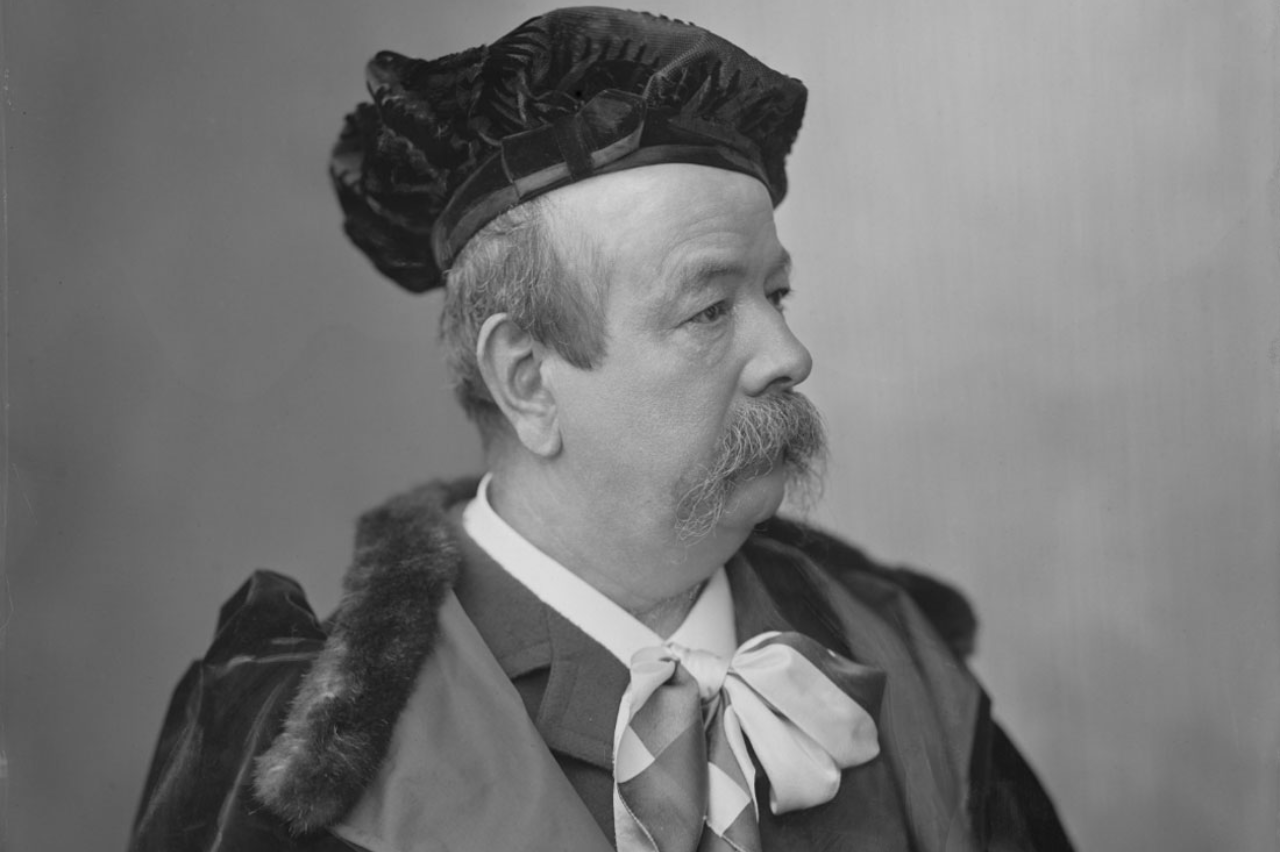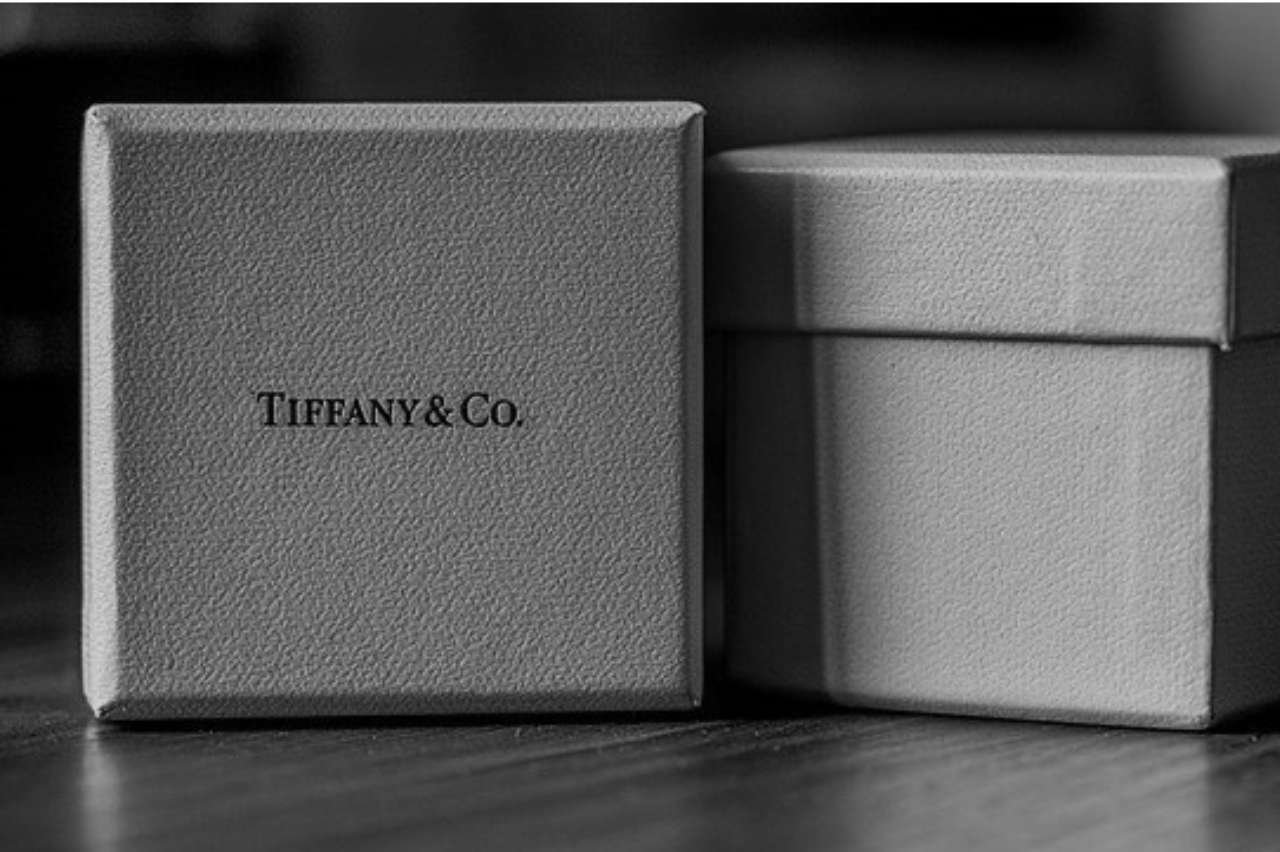
The Rolex That Timed Freedom: A Wartime Tale of Ingenuity
During the tumultuous years of World War II, a wristwatch wasn't just a stylish accessory; it was a critical tool, a potential lifeline. One of the most compelling stories illustrating this comes from the heart of a German prisoner-of-war camp, where a simple Rolex became an instrument of hope and daring.
Wilsdorf's Act of Faith
Imagine being confined to Stalag Luft III, a notorious POW camp, later immortalized by "The Great Escape." Amidst the hardship and uncertainty, British soldier Clive James Nutting, a man with a watchmaker's precision, did something extraordinary: he ordered a Rolex Oyster Chronograph 3525 directly from Switzerland.
How, you might ask? Thanks to the remarkable generosity of Hans Wilsdorf, the visionary founder of Rolex, British officers were granted the privilege of ordering watches on credit, a gesture of faith that they would settle their debts after the war. Moreover, Switzerland’s neutrality allowed Rolex to deliver these watches directly to POW camps, including the infamous Stalag Luft III, where captured Allied airmen were held. While the risks were high, Wilsdorf proceeded, seemingly betting on an Allied victory even as the war’s outcome remained uncertain. Records indicate that nearly 3,000 British POW officers placed orders for Rolex watches, making them a rare luxury behind enemy lines.
This wasn't just good business; it was a testament to human solidarity in the face of conflict.

Portrait of Hans Wilsdorf
The Chronograph's Hidden Potential
Nutting's Rolex wasn't just any timepiece. It boasted a built-in chronograph, a stopwatch function that would soon become indispensable. Within the confines of the camp, this seemingly simple feature was transformed into a tool for strategic planning.
Nutting and his fellow prisoners ingeniously used the chronograph to meticulously time the German guard patrols. They calculated the precise intervals between rounds, identifying the safest moments to move undetected. This level of precision was crucial in planning "The Great Escape" in 1944, a daring attempt that saw 76 Allied prisoners attempt to flee through meticulously dug underground tunnels.
While the majority of the escapees were recaptured, the sheer audacity and ingenuity of the plan have cemented it as one of the most iconic moments of military history. And at the heart of this story, ticking away with unwavering accuracy, was Nutting's Rolex.
The Aftermath
Following the escape, Nazi forces launched a massive manhunt. Seventy-three of the escapees were recaptured, and Hitler personally ordered the execution of 50 as a brutal warning. After the war, those responsible for these executions were tried and convicted for war crimes.
The watch survived the war, becoming a cherished relic, a tangible symbol of resilience and resourcefulness. Today, it stands as a highly valuable collector's item, a testament to the hidden power of timekeeping in the face of adversity. Other Rolex watches used by POWs in similar ways have been auctioned for staggering sums, reaching hundreds of thousands of dollars, underscoring their profound historical significance.
A Legacy Forged in Resilience
It's truly remarkable to consider how a seemingly simple object, a wristwatch, could play such a critical role in a high-stakes escape. This story leaves us pondering: in a moment of crisis, would you trust a timepiece with your life? Would you believe that a small piece of metal could be the difference between freedom and captivity?
The tale of Clive James Nutting's Rolex is a powerful reminder that even in the darkest of times, human ingenuity and the unwavering pursuit of freedom can transform the ordinary into the extraordinary. It's a story etched in time, a testament to the enduring spirit of those who dared to dream of escape.




